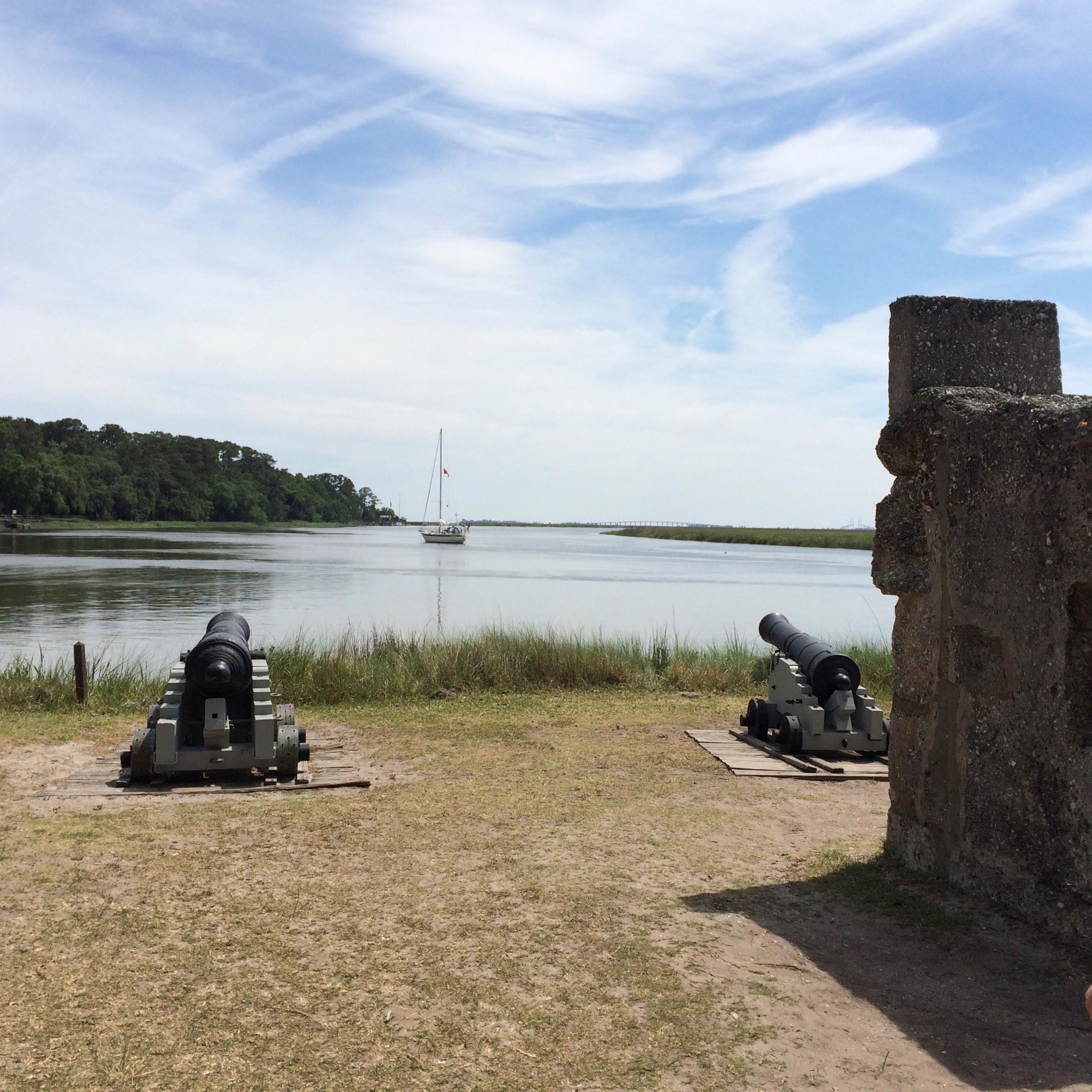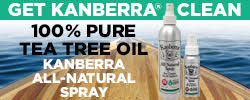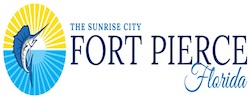More on Georgia Anchoring Rules and HB 833 from Kim Russo
It’s time to send more emails, please!
As we’ve reported Gold Looper and Georgia State Representative, Ron Stephens, has filed a bill (HB 833) to eliminate the problems with the state’s new anchoring regulations. HB 833 (attached) would, among other things, take away power afforded to DNR during the 2019 legislative session to determine where boaters can anchor. On January 1st, rules took effect that prohibit anchoring within 1,000-feet of structures such as public and private docks, wharves, bridges, piers and pilings. HB 833, if it becomes law, lowers that distance to 150-feet.
(See this BoatU.S. press release for a good summary of the issue.)
HB 833 will be heard soon before the Georgia House of Representatives Natural Resources and Environment Committee. We need as many boaters as possible to email the members of this committee. Following is a list of those committee members and their email addresses, as well as a sample email you may customize for your use:
House Natural Resources and Environment Committee
Lynn Smith, Chairman- Lynn.Smith@house.ga.gov
Vance Smith, Vice Chairman- Vance.Smith@house.ga.gov
Don Hogan, Secretary- Don.Hogan@house.ga.gov
Timothy Barr, Member- Timothy.Barr@house.ga.gov
Debra Bazemore, Member- Debra.Bazemore@house.ga.gov
Debbie Buckner, Member- Debbie.Buckner@house.ga.gov
Joe Campbell, Member- Joe.Campbell@house.ga.gov
John Corbett, Member- John.Corbett@house.ga.gov
Robert Dickey, Member- Robert.Dickey@house.ga.gov
Karla Drenner, Member- Karla.Drenner@house.ga.gov
Terry England, Member- Terry.England@house.ga.gov
Pat Gardner, Member- Pat.Gardner@house.ga.gov
Sheri Gilligan, Member- Sheri.Gilligan@house.ga.gov
Angelika Kausche, Member- Angelika.Kausche@house.ga.gov
Tom McCall, Member- Tom.McCall@house.ga.gov
Greg Morris, Member- Greg.Morris@house.ga.gov
Randy Nix, Member- Randy.Nix@house.ga.gov
Richard H. Smith, Member- Richard.Smith@house.ga.gov
Jan Tankersley, Member- Jan.Tankersley@house.ga.gov
Kevin Tanner, Member- Kevin.Tanner@house.ga.gov
“Able” Mable Thomas, Member- Mable.Thomas@house.ga.gov
Sam Watson, Member- Sam.Watson@house.ga.gov
Mary Frances Williams, Member- MaryFrances.Williams@house.ga.gov
Noel Williams, Jr., Member- Noel.Williams@house.ga.gov
Sample Email for you to customize:
I urge you to support Georgia House Bill 833, which corrects the unintended consequences of Georgia House Bill 201 passed in 2019. HB 201’s implementation rules issued by the Department of Natural Resources restrict overnight anchoring within 1,000 feet of any structure, such as public and private docks, wharves, bridges, piers and pilings, except in areas near marinas. This is an egregious infringement on my ability to enjoy Georgia’s waterways and a failure to honor the public trust doctrine. Further, there is no reasonable safety or waterway-management reason for taking such a significant swath of state waters from the boating public.
Please support HB 833 and work with all stakeholders to protect the public’s right to free navigation.
In addition, HB 833 needs a companion bill in the Senate. Please email the Georgia Senators that represent the coastal districts and urge them to file a companion bill. Following is a list those Senators and their email addresses, as well as a sample email you may customize for your use:
Senator Ben Watson, District 1, ben.watson@senate.ga.gov
Senator William T. Ligon, Jr., District 3, william.ligon@senate.ga.gov
Sample Email for you to Customize:
I urge you to file a Senate companion bill to Georgia House Bill 833, which corrects the unintended consequences of Georgia House Bill 201 passed in 2019. HB 201’s implementation rules issued by the Department of Natural Resources restrict overnight anchoring within 1,000-feet of any structure, such as public and private docks, wharves, bridges, piers and pilings, except in areas near marinas. This is an egregious infringement on my ability to enjoy Georgia’s waterways and a failure to honor the public trust doctrine. Further, there is no reasonable safety or waterway-management reason for taking such a significant swath of state waters from the boating public.
Please support HB 833 by filing a companion bill in the Senate, and work with all stakeholders to protect the public’s right to free navigation.
Thank you all for your help. If you’re near Atlanta, or can get there for a hearing, please watch this forum thread. We’ll be posting soon about when the House Natural Resources and Environment Committee with hear this bill!
-Kim
Kim Russo
Director
America’s Great Loop Cruisers’ Association
House Bill 833
















Be the first to comment!